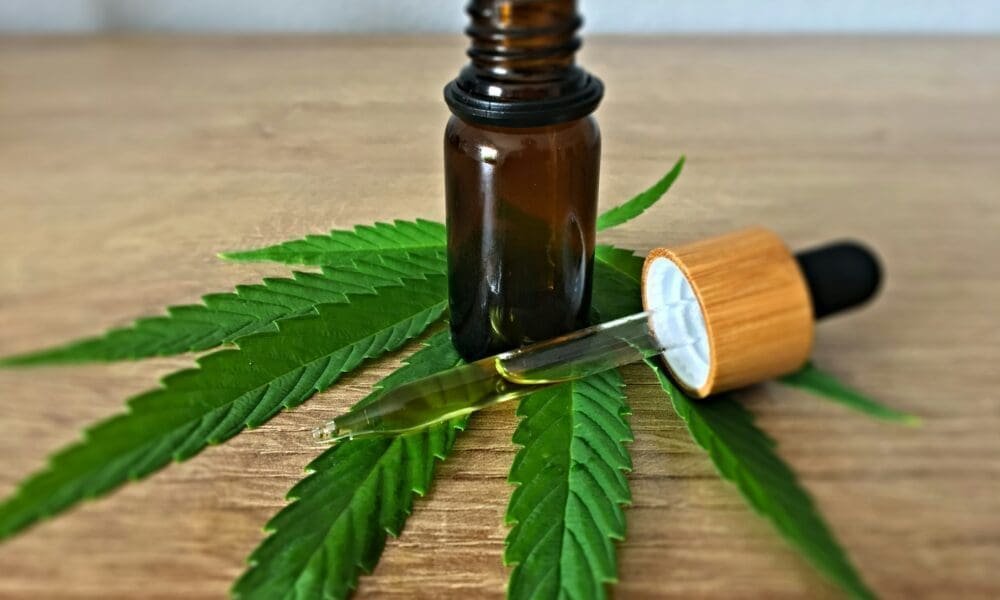“If these products are to exist in Ohio’s marketplace, they…should be sold only through licensed dispensaries with appropriate age restrictions, testing requirements and consumer safeguards.”
Ohio Capital Journal, Chris Lindsey (American Trade Association for Cannabis and Hemp).
Ohio, more than five-years after Congress approved the 2018 Farm Bill faces an increasing public health emergency. The 2018 Farm Bill, which was intended to assist American farmers in their efforts, has created a market for lab-produced intoxicants that are sold unregulated in Ohio’s gas stations and convenience stores.
The 2018 Farm Bill exempted hemp defined as less than 0.3 percent Delta-9 THC from the federal Controlled Substances Act. The law was meant to revive American hemp for industrial uses, but it created a loophole which chemical manufacturers exploited quickly.
In my recent testimony before the Ohio Senate General Government Committee I stated that these hemp-derived products were often advertised as being “hemp derived” or Farm Bill compliant, but in reality the truth was much more sinister. These intoxicants that are lining the shelves of gas stations were not usually made from hemp grown in America. Instead, these intoxicants are often made from imported hemp CBD, mainly from China or India. The CBD is then converted into synthetic THC through a chemical process involving solvents and acids.
In essence, this process breaks down the CBD molecules and reconstructs them into synthetic compounds such as delta-8 THC. The natural compounds in cannabis are not present.
When I was in Ohio late last year I bought a number of “Farm Bill Compliant” products that contained these synthetic compounds at stores located within walking distance from the Ohio Statehouse. These products were found to have inconsistent potency and extremely high dosages. They also contained unlisted ingredients, chemical contaminants, as well as other non-active substances.
The problem is one of public health. As some supporters claim, these are not just “marijuana light” products and have little or nothing to do with real hemp. This chemical process can introduce unknown contaminants, and compounds that pose serious health hazards.
These products are often synthetic and contain substances that have not been tested for human safety or named by scientists. The number of reports of adverse reactions continues to rise. Poison centers are reporting an increasing amount of incidents involving accidental ingestion. This is especially true for children, who tend to be attracted to packaging with bright colors that resemble candy.
The Monitoring the Future survey conducted at the University of Michigan revealed recently that 11% of senior high school students use delta-8. It’s alarming that delta-8 wasn’t available on the market until five years ago.
FDA sent dozens warning letters to manufacturers, repeatedly warning them about unsafe and illegal products. All THC edibles are federally illegal under the Food, Drug and Cosmetics Act—a fact that hemp intoxicants manufacturers and retailers conveniently overlook. These warnings are not enough to control the unregulated products flooding Ohio communities.
Ohio voters made clear their desire by voting to legalize adult-use cannabis for 2023. State officials are now working to implement a comprehensive system of regulation for cannabis products, which includes testing and packaging standards, verification of age, consumer protections, as well as rigorous tests.
It is clear that the existing framework will be most effective in regulating hemp-based intoxicants. These products should not be allowed on the Ohio market unless they are subjected to the same strict oversight that other cannabis intoxicants receive. They should also be available only in licensed dispensaries, with age restrictions and testing requirements, and appropriate consumer protections.
Every state has heard its opponents argue against such regulations. These products are only a few years old, but convenience stores and gasoline stations thrived before.
They are dangerous to everyone, but especially young people, who have no or little age restrictions and can buy them today.
Ohio wouldn’t be breaking any new ground if it regulated these products. Even conservative states acknowledge the necessity of supervision. Tennessee and Alabama, neither of which are progressive hotbeds, have just signed legislation regulating hemp-derived intoxicants. They specifically ban synthetic cannabinoids produced “by chemical synthesis or modification from another cannabinoid”, which is exactly the kind of products that currently flood Ohio’s market unregulated in the form gas station weed.
This problem of hemp intoxicants is a rare occasion for bipartisan cooperation in our polarized political climate. Ohio voters decided the question of legalizing cannabis. The goal is to ensure that intoxicating drugs, including synthetics, can be regulated properly for public safety.
This problem was not anticipated or addressed by federal regulators. It is now up to the state legislators to protect their constituents. Other states, some of which are led by majorities with conservative views, have already taken steps. Ohio should do the same.
Chris Lindsey serves as the Vice President for State Advocacy and Public Policy for American Trade Association for Cannabis and Hemp.
Ohio Capital Journal was the first to publish this piece.
The Attorneys General group hosts a meeting on state-level regulation of intoxicating hemp products




